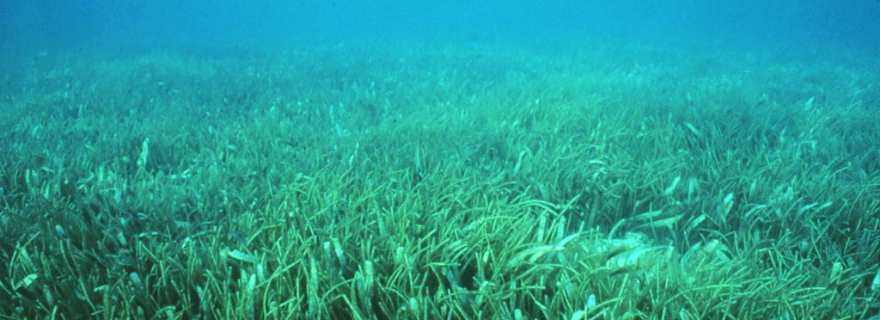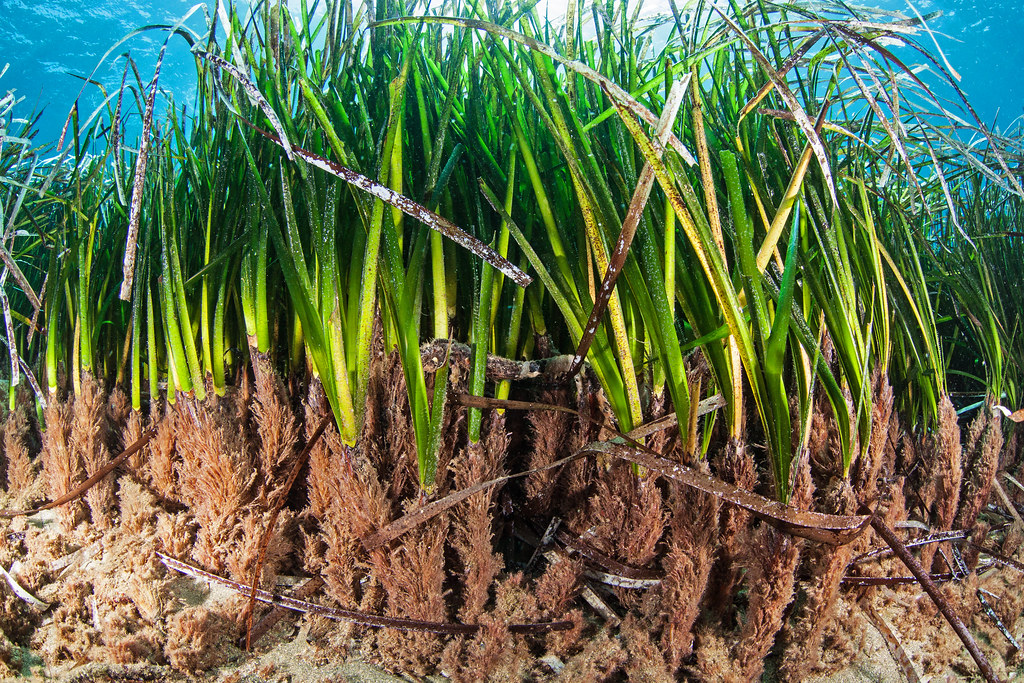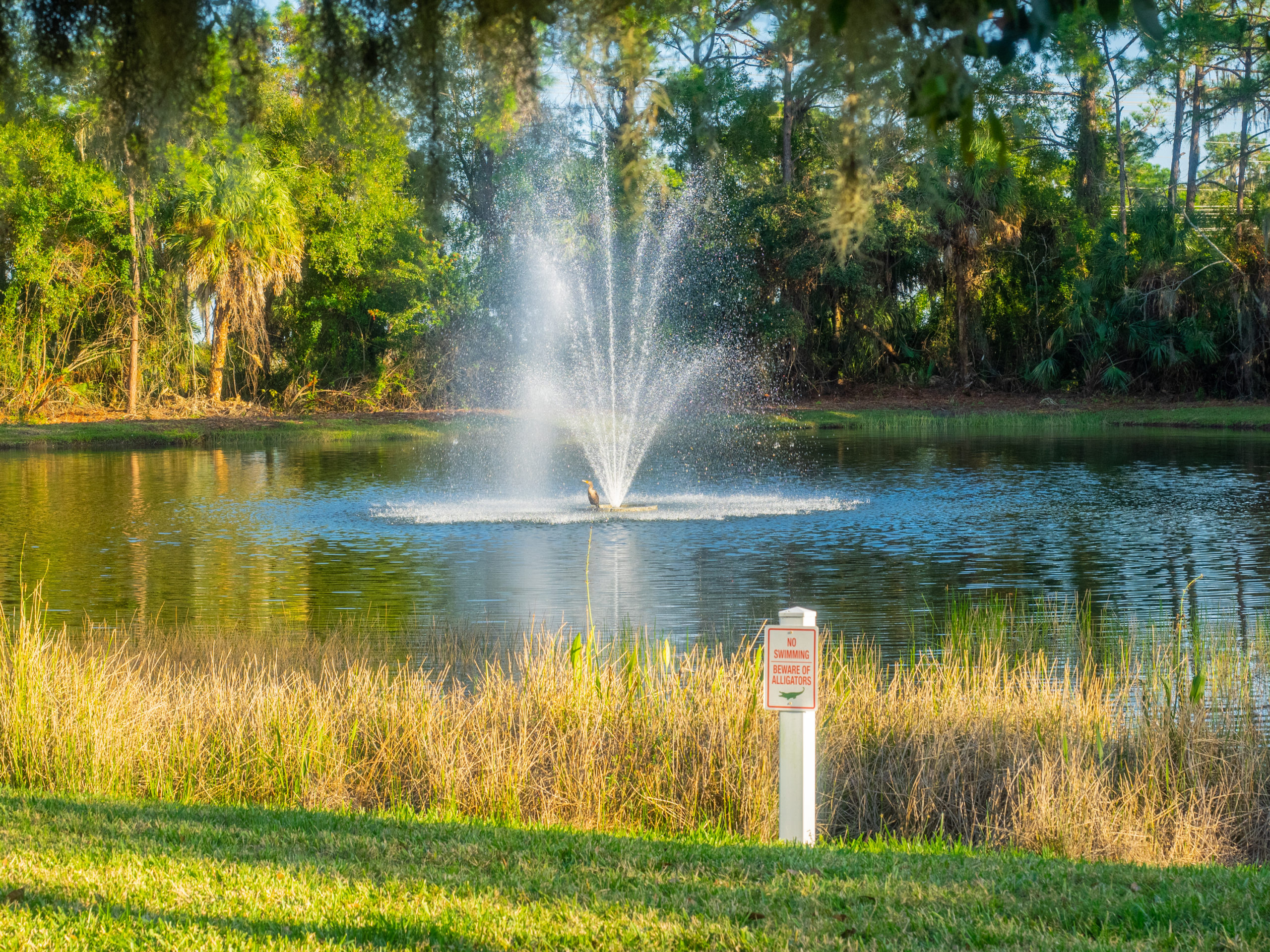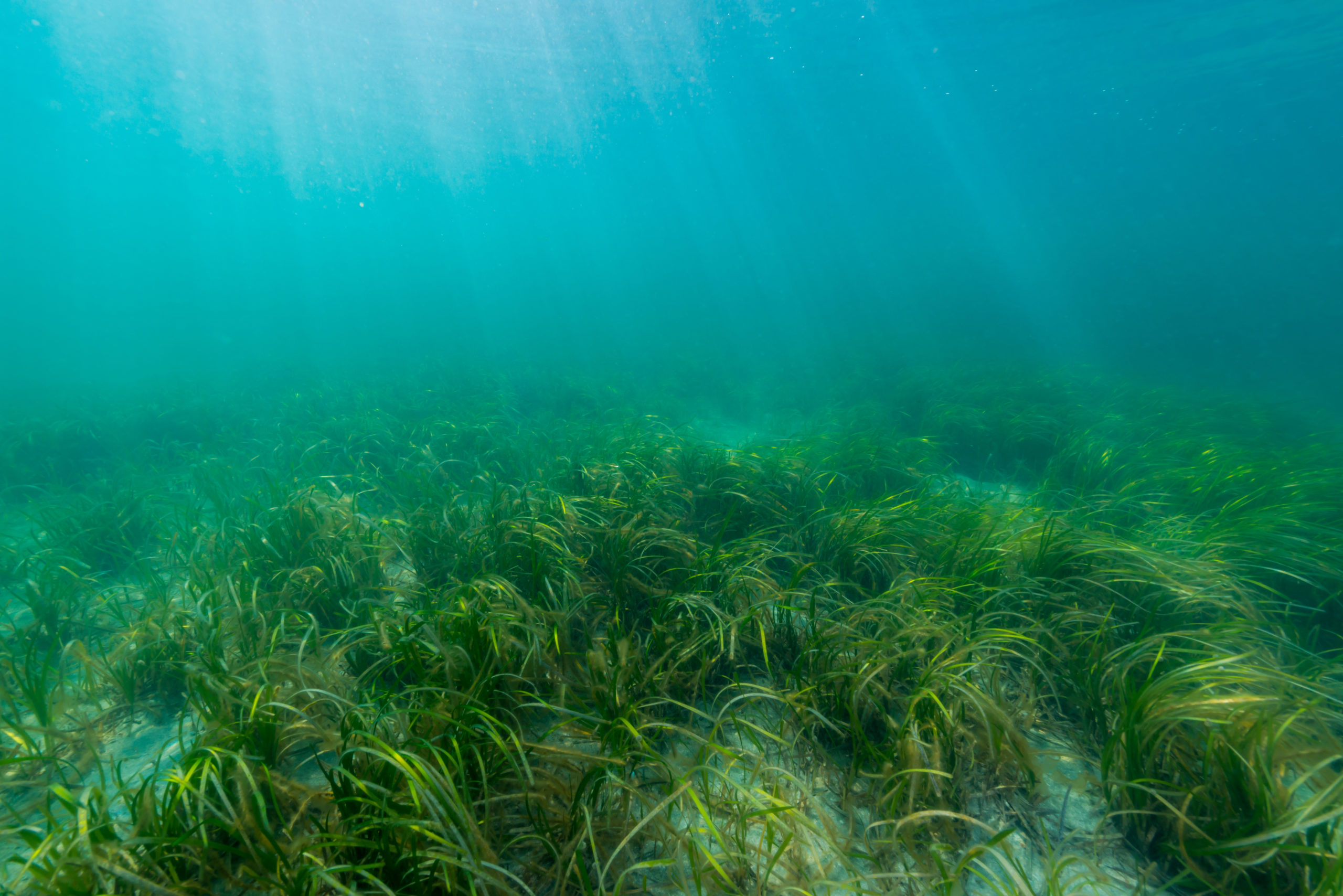
Our car was heading north as we were gazing at the waters of Tampa Bay, “Take one last look, kids. If we come back, it will be a long time from now.” Those were Dad’s words to all of us as we left the exciting Paradise our family had discovered on our first visit to Florida. We looked and knew without speaking that we would be back soon!
By Barbara Sheen Todd
Shortly after our “last look,” Dad announced that Florida would be our new home. Tampa Bay became an important part of our lives as we believed we had the rare opportunity to grow up in one of the most beautiful parts of the world.
Our first visit happened decades ago, before Disney World, when birds nested on wide-open beaches and scallops could be found in seagrass beds near the home we finally built on Treasure Island. With time, development, new businesses and numerous “snowbirds” who became residents, Florida grew and changed.
Rapid growth was accompanied by land-use change and impacts on the environment, the animals and sea life that are unique to Florida. The water quality along our coastlands has been impacted by the significant growth of the coastline populations. Scientists access the health of coastal ecosystems by the health of the seagrasses which populate those coastal waters.
Once terrestrial plants 70 to 100 million years ago, seagrasses recolonized our oceans and other saltwater bodies. They are the only flowering plant that grows entirely in a marine environment and they play a critical role in the health of the water body in which they exist.
 As plants with extensive root systems, seagrasses stabilize the sea or ocean bottom, which helps prevent erosion from wave action. This stabilization is vitally important to human populations living in areas that could be impacted by storms and wave damage.
As plants with extensive root systems, seagrasses stabilize the sea or ocean bottom, which helps prevent erosion from wave action. This stabilization is vitally important to human populations living in areas that could be impacted by storms and wave damage.
Sometimes called the “lungs” of a water body, seagrasses also provide oxygen in the water body through photosynthesis. They serve as the habitat and food source for small invertebrates, fish, crabs, green sea turtles and numerous marine animals in their early stages of life. Seagrasses are also the main food source for other marine creatures such as the manatee, considered an endangered species in Florida.
The role that seagrasses play in improving water quality is significant. They absorb nutrients that both occur naturally in the water and those that come from land-based discharges. Because of their sensitivity to changes in water quality, the existence of seagrasses and their status serve as significant indicators of the health of Florida’s marine ecosystems.
Tampa Bay Seagrasses in Decline

Dr. Chris Anastasiou, chief scientist for the Southwest Water Management District, recently shared the 2020 seagrass maps for Tampa Bay with the Tampa Bay Regional Planning Council’s Agency on Bay Management. The data provides a useful resource management tool for assessing the overall health of the estuary. The findings were a concern as significant losses of seagrasses were discovered. Between 2018-2020, Tampa Bay lost 16% (6,355 acres) of seagrass habitat. Mapped seagrass acreage in 2020 dropped to a 10-year low (34,297 acres).
Old Tampa Bay showed the greatest acreage loss between 2018 (10,741 acres ) and 2020 (6,700 acres), a 38% decline. Hillsborough Bay reported the greatest percentage decline of 43%, a loss of 627 acres between 2018 and 2020. Minor losses were documented in Boca Ciega Bay (4%) and Terra Ceia Bay (5%) while lower Tampa Bay was essentially unchanged.
When bay managers began to focus on restoring seagrasses in the late 1980s, only about 22,000 acres remained. The ambitious goal set in 1995 called for increasing that acreage to 38,000 acres, matching what had existed during the 1950s, prior to significant development. To date, bay managers report that approximately $2.5 billion has been invested in cleaning and protecting our bay. Yet, our seagrass numbers have now dipped below the original 1995 goal to 34,297 acres. With that latest information, we are now aware of the magnitude of the challenge we face in protecting our precious seagrasses.

Identification of the causal factors is important to the development of effective solutions. Corporations and individuals should be cognizant of the negative impact of their activities on seagrasses and other important marine habitats. The bay and its connecting waterways should not be considered as “dumping grounds” for individual or corporate waste, or municipal wastewater. The recent reduction in seagrass acreage demands a renewed commitment to the restoration of the Tampa Bay Estuary.
While there is no single solution, there are potential opportunities for scientists, policymakers and community members to encourage and implement efforts that support the protection of this important resource. Minimizing the use of fertilizers and pesticides, maintaining septic systems appropriately, disposing of animal waste and limiting fossil fuel emissions are all things we can do to address some of the leading nutrient inputs to Tampa Bay.
As one who has had the privilege of making the Tampa Bay region home for most of my life, I have seen the change that time has brought to our area. As our seagrasses have measured the results of both positive and negative treatment of Tampa Bay, we have also seen the positive difference a committed population can make on the environment in which we live. In accepting the opportunity to live in Florida, we need to accept the responsibility of protecting its valuable environmental resources. The seagrasses will let us know if we have succeeded.
Barbara Sheen Todd served on the Pinellas County Board of County Commissioners for nearly 24 years and now serves as chairman of the Agency on Bay Management, the Tampa Bay Regional Planning Council’s environmental arm. More than $125 million of environmentally sensitive lands were purchased by Pinellas County during her tenure and she was instrumental in persuading the state to turn its neglected Weedon Island Park over to the county in 1993.
